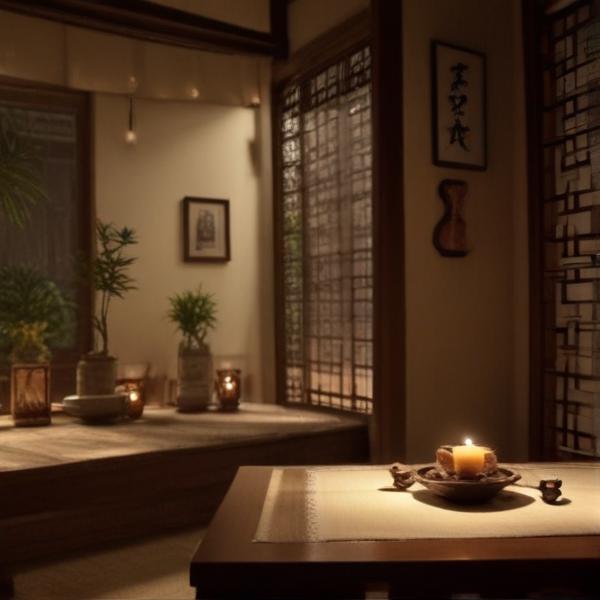基本信息 (Basic Information)
含义与用法 (Meanings & Usage)
中文核心释义 (Core Chinese Meaning): 美丽、柔和、延长、舒展的样子。
英文核心释义 (Core English Meaning): Beautiful, graceful, prolonged, or stretched out.
象形意义 / 为何这么写 (Pictographic Meaning / Writing Rationale)
文言文释义 (Classical Chinese Meaning)
文言文中常作“柔美舒展”解,含义与现代接近。Similar to modern meaning; often signified beauty and graceful extension in Classical Chinese.
深入学习 (In-depth Study)
字源故事 (Origin Story)
字形演变 (Character Evolution)
常用词语和例句 (Common Words & Examples)
曼妙 (graceful; slender and beautiful)
她的舞姿曼妙动人。
Eng: Her dance movements are graceful and captivating.
曼延 (to extend; to stretch out gradually)
铁路在山间曼延。
Eng: The railway stretches out through the mountains.
曼谷 (Bangkok (capital of Thailand))
今年暑假我打算去曼谷旅游。
Eng: I plan to travel to Bangkok this summer vacation.
相关成语 (Related Idioms)
曼舞妖歌
Meaning: dancing gracefully and singing enchantingly
多语言翻译 (核心释义) (Translations (Core Meaning))
- French: beau, gracieux, prolongé, élégant
- German: schön, anmutig, verlängert, elegant
- Spanish: hermoso, elegante, prolongado
- Italian: bello, aggraziato, prolungato
- Portuguese: belo, gracioso, prolongado
- Russian: красивый, изящный, растянутый
- Arabic: جميل، رشيق، ممتد
- Persian: زیبا، خوشنما، کشیده
- Dutch: mooi, sierlijk, verlengd
- Polish: piękny, elegancki, wydłużony
- Vietnamese: đẹp, duyên dáng, kéo dài
- Ukrainian: гарний, витончений, подовжений
视频学习资源 (Video Learning Resources)
通过以下链接在热门视频网站搜索 "曼" 的更多讲解:
Search for more explanations of "曼" on popular video sites:
- 在 Bilibili.com 搜索 "曼 字源 说文解字" (Search on Bilibili)
- 在 YouTube.com 搜索 "曼 character origin etymology" (Search on YouTube)
网络参考 (Web References for "曼") ()
网络内容摘要 (Web Content Summary):
核心含义与字形起源:“曼”字在甲骨文中,形象为两只手把眼睛撑开,表示“张开眼睛张望”,有舒展、延长、柔美的意味。后来的金文和小篆以“冃”(像帽子的古字)为声符,属于形声字。 Core meaning & pictographic origin: In oracle bone script, "曼" (màn) depicts two hands opening wide the eyes, suggesting "to open or stretch out" (especially of the eyes). It conveys a sense of stretching, extension, or graceful beauty. Later scripts evolved to use “冃” as a phonetic component, making it a phono-semantic compound.
- 特别用法与常见搭配: “曼”常用来形容柔美、延展,如“曼妙”(graceful)、“曼长”(long and graceful)、“浪漫”(romantic)。 Common usages & collocations: "曼" is often used to describe graceful or extended things, as in “曼妙” (graceful), “曼长” (long and graceful), and “浪漫” (romantic).
- 易混淆点: 注意“曼”与“慢”(màn, slow)读音相同但意义不同,不可混淆。 Easily confused: Be careful not to confuse “曼” (graceful/extended) with “慢” (slow), though they share the same pronunciation.
- 文化背景:“曼”多见于诗词中,用以表达优美、延绵的意境。 Cultural context: "曼" frequently appears in poetry to convey elegance, beauty, or a sense of continuity.
汉字"曼"的起源、演变过程-汉字字源辞典
汉字字源辞典收录3519条汉字词条,基本涵盖了常见汉字的字源解析,是汉字研究的必备工具。 ... " 甲骨文的 "曼"字象上下两只手把眼睛撑开拉大。金文1和小篆在撑大的眼睛上加一 "冃" 。
曼字形演变字源_汉字「曼」_曼的甲骨文_曼的金文_金文编_甲骨文编
甲骨文曼字像以雙手張目,表示張大眼睛張望。金文、戰國文字或加冕字為聲符,而省去眼睛上方的手形。篆文以後改從冃(帽字的初文)字為聲符。在六書中屬於形聲。 汉字:「曼」 字形演变 字源演变 拾8.5(甲) 後1.9.3(甲) 乙7357(甲) 京津1990(甲)
更多图片 (曼 More Images) ()
